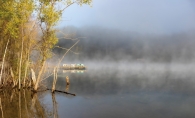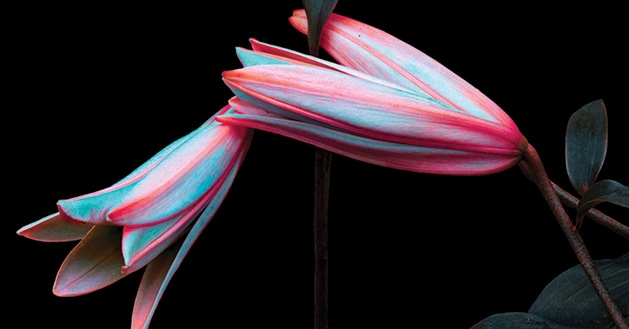
Fine art and botanical photographer Cynthia Dickinson grew up in northern rural Minnesota on the Mesabe Iron Range. She has many fond memories of summers spent making maple syrup and staying with her grandparents on a mile of lakeshore in Lutsen, and her botanical photography has likely been heavily influenced by her upbringing. She laughs as she recalls how her grandmother would wait every year for the lady slippers to bloom. “It was like the Queen of England came to our cabin,” she says.
Dickinson’s father was a forester and in a way his work led her to an artist in residency at the St. Croix Watershed Research Station for the summer of 2021. “In 1954 my dad started reclaiming mine land in northern Minnesota, Tailings Ponds in particular,” she says. “I grew up with this dad who was an environmental guy, so I really wanted to do a project at the Watershed.”
That fusion of art and science is evident in Dickinson’s work and in her plans for what she hopes to accomplish during her residency at the Watershed. “I decided I wanted to do this project where I work with six scientists and ask each of them what they think beauty is, and what they think beauty is on their job,” she says.
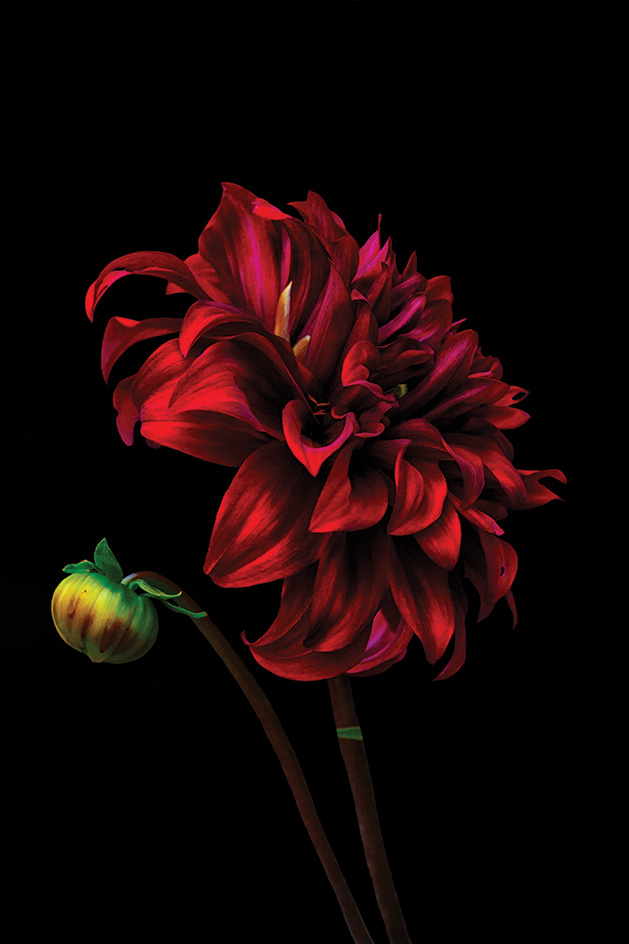
She retells the story about how her grandfather’s life was saved by an Ojibwe guide when an ax cut his leg during a land survey. This led to her grandparents having a strong respect for the Native American community, their cabin filled with Navajo rugs. “To get me to go to sleep, my grandmother would tell me to find the break in the Navajo rugs, because that’s where the spirit of the rug moved in and out,” says Dickinson. “I grew up thinking that art had to have a spirit, and it had to have a break in the symmetry for the spirit to move in and out of the piece.”
She began to take pictures around eight years old and always has had a camera with her since then. But when she stepped foot in an art museum for the first time at 14, she recalls the first piece she saw was a still life of fruit. “I kept staring at this painting because I couldn’t figure out where the pattern was and where the break in the pattern was, because the spirit had to have some place to get in and out,” says Dickinson. “I really believe that my job as a photographer is to find the spirit of something.”
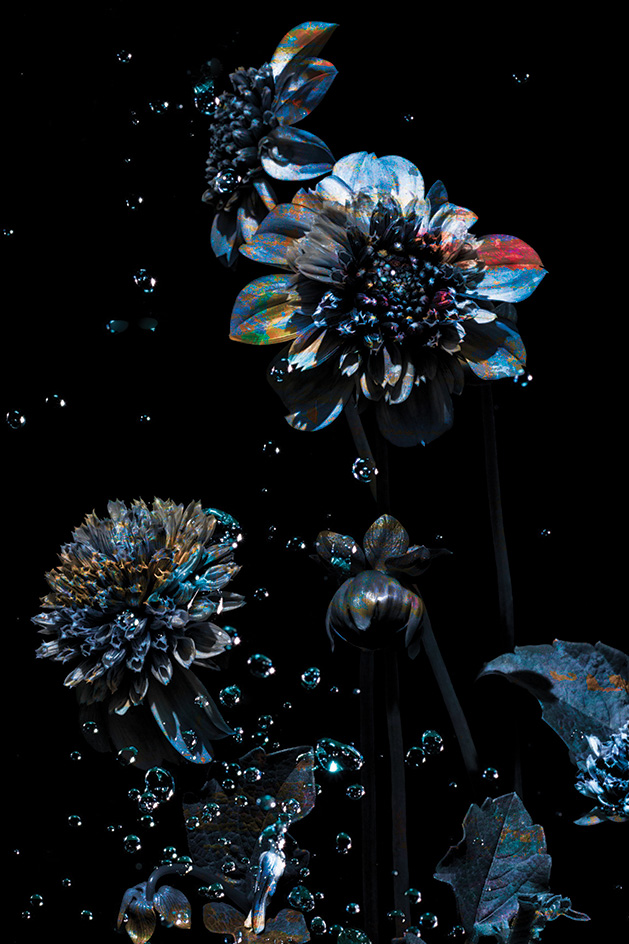
“A lot of the work that I’m doing comes after the fact,” says Dickinson when referring to the photographic editing process. “I like to see what’s not there, and I want to see what I can make out of that.” She explains that for her, the camera is just a tool that produces a visual “recording” and her main task is to manipulate that “recording” to create art. Her technique includes digital hand painting and layering in Adobe Photoshop. “I really believe my job is to see beyond just the recording of something,” says Dickinson.
Throughout the summer, Dickinson photographed gardens in Minneapolis and Edina to keep herself busy. She says it was difficult to photograph at her typical spots like the Minnesota Landscape Arboretum because they kept people on a one-way path and limited time due to COVID-19. However, she has been able to use this past summer to experiment much more.
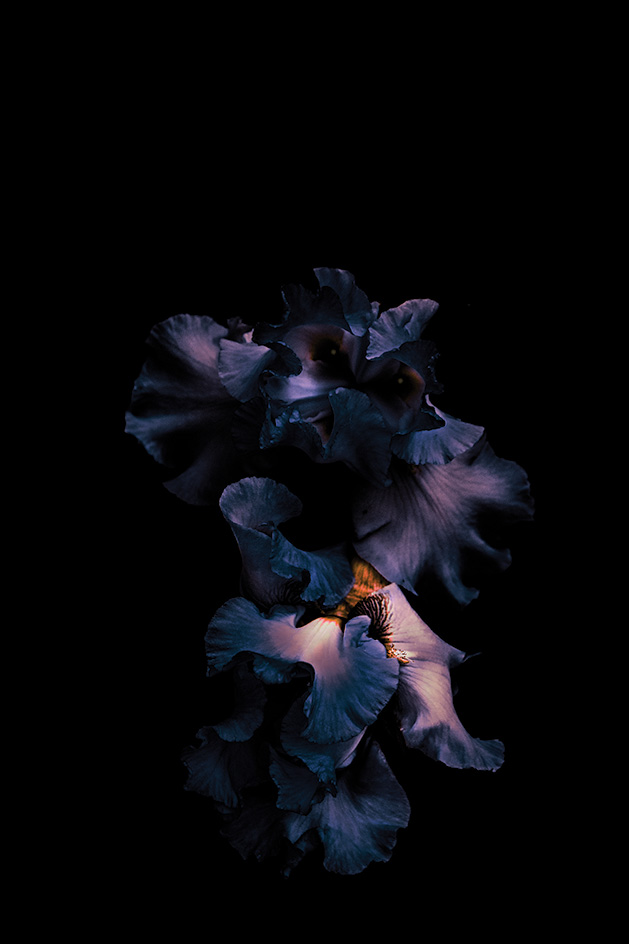
Despite certain limitations, Dickinson has had a successful year. She was able to show her work internationally at a gallery in Italy (online due to COVID-19). Her work also recieved honorable mention for a Julia Margaret Cameron award. “This year has been really good to me,” she says.
The Julia Margaret Cameron award is primarily for women photographers. This year, 6010 images were submitted by around 900 women representing 67 countries. The award features multiple categories with one winner in each category as well as a handful of honorable mentions, one of which was awarded to Dickinson in the non-professional section nature category.
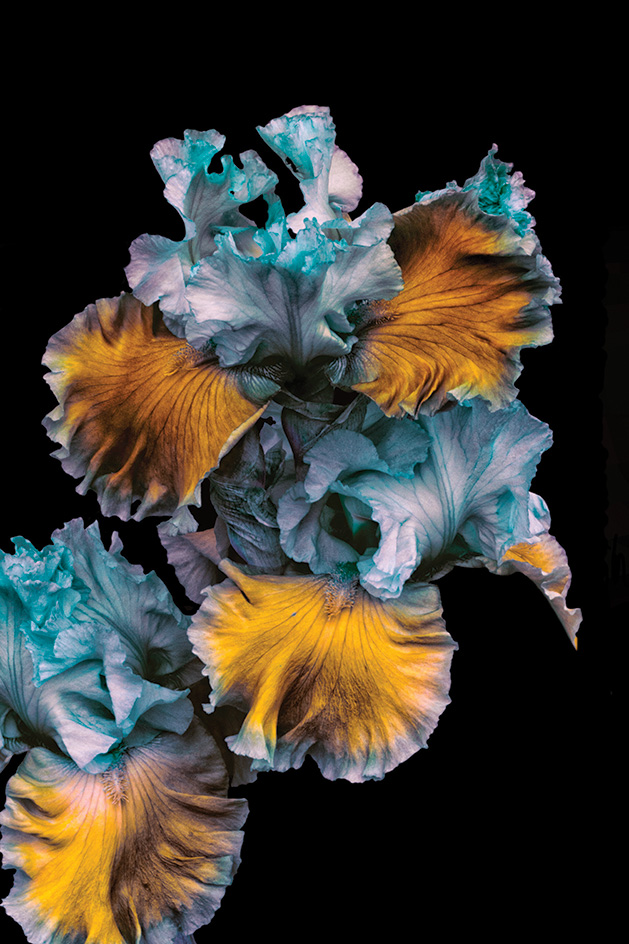
Like many Minnesotans, Dickinson is preparing to shoot our much-anticipated fall foliage. She recommends shooting the fall colors in your own backyard to stay safe during the COVID-19 pandemic, and to appreciate the beauty in your own neighborhood. Her advice is to stay local and go out during the week when there aren’t a lot of people around.
Dickinson is looking forward to an upcoming February solo show at the Minnesota Landscape Arboretum, where she will host two photography classes and give a gallery talk. She is also now represented by Burnet Fine Art and Advisory in Wayzata.
She mentions that she would love to eventually shoot botanicals at the headwaters of the Mississippi River all the way down to its mouth. Her goal would be to document how those landscapes are changing, like capturing endangered and invasive species, and focus on how photography assists in that ecological work.
For readers who are interested in purchasing her work, Dickinson’s limited edition 11x17 prints are between $130-150. “I always make sure I have something that people can afford. It’s still limited, it’s still signed, and it’ll still go up in value,” says Dickinson.
Cynthia Dickinson Photography
Portfolio: cynthiadickinson.zenfolio.com
Shop: cynthiadickinson.com







